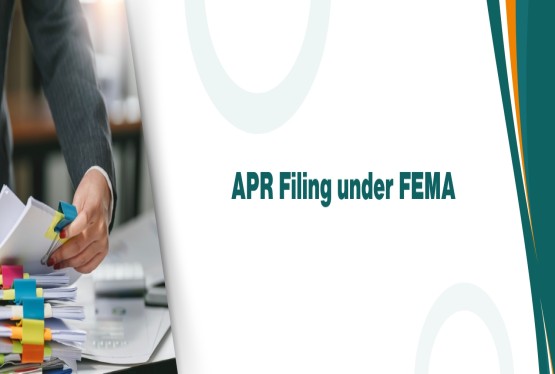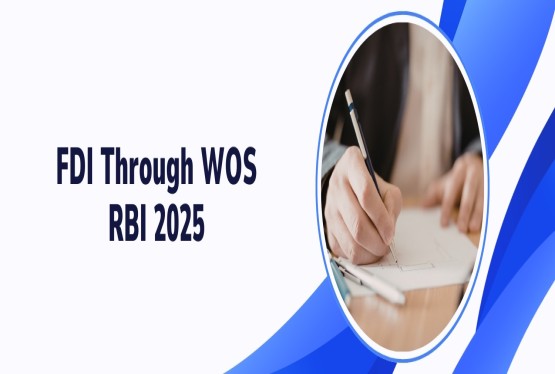Applicability of SEBI’s Digital Accessibility Compliance
The SEBI circular on digital accessibility is universally applicable to all SEBI Regulated Entities (REs), which encompass a wide spectrum of institutions in the securities market ecosystem. This includes major market infrastructure bodies such as Recognized Stock Exchanges, Recognized Clearing Corporations, and Registered Depositories, as well as operational intermediaries like stockbrokers, mutual funds, portfolio managers, KYC registration agencies, and other entities registered under SEBI’s purview. Furthermore, sectoral associations such as the Association of Mutual Funds in India (AMFI) and the Association of Portfolio Managers in India (APMI) are also required to comply, along with BSE Administration & Supervision Limited (BASL), which supervises investment advisors.
Broad Scope of Coverage
One of the most significant aspects of this compliance framework is that it extends beyond transaction-heavy or investor-interactive platforms. Even basic informational websites maintained by these regulated entities are covered within the scope of the circular. This means that an RE’s digital presence whether it’s a high-functionality trading application, a KYC portal, or a static website containing investor information must be aligned with the prescribed accessibility standards. This approach ensures that persons with disabilities (PwDs) are not excluded from accessing any form of digital content or service offered by the entity.
Legal Foundation: Supreme Court Judgment
The foundation of SEBI’s stringent enforcement lies in the Supreme Court’s landmark judgment dated April 30, 2025, in which the Court explicitly recognized digital access as a fundamental right under Article 21 of the Constitution of India, which guarantees the right to life and personal liberty. In this judgment, the Court held that in the digital era, access to online platforms, services, and information is no longer optional it is integral to the exercise of basic rights and participation in society. Denial of accessible digital services to PwDs, therefore, constitutes a violation of their constitutional rights.
SEBI’s Mandate to Enforce Accessibility
As a statutory regulator empowered under the SEBI Act, 1992, SEBI is obligated to align its regulatory framework with constitutional mandates. The Supreme Court’s ruling has, in effect, created a legal duty for SEBI to ensure that all entities it regulates make their digital platforms compliant with the Rights of Persons with Disabilities Act, 2016 and related accessibility standards, including WCAG 2.1, GIGW guidelines, and IS 17802. By bringing even informational websites under the compliance umbrella, SEBI is emphasizing an inclusive digital ecosystem where no investor is disadvantaged due to disability
Mandatory Standards to Comply With
The SEBI circular mandates that all Regulated Entities (REs) bring their digital platforms in line with a set of national and international accessibility standards. These standards are designed to ensure that persons with disabilities (PwDs) can navigate, interact with, and consume digital content without facing barriers. Compliance is not limited to a single framework but requires the integration of multiple guidelines and statutory provisions, making the approach both comprehensive and enforceable.
Web Content Accessibility Guidelines (WCAG) 2.1+
The WCAG 2.1 is a globally recognized standard developed by the World Wide Web Consortium (W3C) to make web content more accessible. It focuses on four key principles Perceivable, Operable, Understandable, and Robust (POUR) ensuring that users with different disabilities, including visual, auditory, cognitive, and motor impairments, can access online content. The “2.1+” reference in the SEBI mandate means that entities must comply with version 2.1 or any later version released, thereby keeping up with evolving best practices in digital accessibility. This includes provisions such as text alternatives for non-text content, keyboard navigability, and compatibility with assistive technologies like screen readers.
Learn more about valuation under SEBI regulation.
Guidelines for Indian Government Websites (GIGW)
The GIGW framework, developed by the Government of India, provides specific rules for designing and developing websites and mobile applications for Indian users. It incorporates accessibility features adapted to the Indian regulatory environment, such as the use of Indian Sign Language (ISL) in videos, multilingual content options, and culturally relevant interface design. SEBI’s inclusion of GIGW ensures that REs maintain not just international best practices, but also local compliance standards suited to the Indian context.
IS 17802 – Indian ICT Accessibility Standard
The IS 17802 standard, issued by the Bureau of Indian Standards (BIS) focuses on accessibility requirements for Information and Communication Technology (ICT) products and services. This covers not just websites and applications but also underlying ICT infrastructure, such as software, hardware, and online service delivery mechanisms. It aligns with the principles of WCAG and GIGW but also includes additional requirements for product procurement, software development, and integration, ensuring accessibility from the ground up. This is particularly relevant when REs procure third-party digital solutions or develop custom platforms.
Rights of Persons with Disabilities (RPwD) Act, 2016
The RPwD Act, 2016 is the central legislative framework in India that guarantees equality, non-discrimination, and accessibility for persons with disabilities. Under SEBI’s mandate, REs must specifically comply with:
-
Section 40: Requires the government to develop and notify accessibility standards for public facilities and services, which REs must follow for their digital platforms.
-
Section 42: Mandates the provision of accessible information and communication technology for PwDs, covering websites, applications, and online services.
-
Section 46: Specifies time limits for service providers to make their services accessible, reinforcing SEBI’s strict implementation timelines.
-
Rule 15(1)(c) of the RPwD Rules, 2017: Lays down specific accessibility requirements for electronic information and communication services, including content formats, navigation, and interaction features.
By including these legal provisions alongside technical standards, SEBI has ensured that compliance is both legally enforceable and technically measurable.
SEBI’s Timelines & Milestones
Within the first month of the SEBI circular’s issue, each Regulated Entity must prepare a complete inventory of all its digital platforms used by investors, including websites, mobile apps, KYC or e-sign portals, client login systems, and any other investor communication tools. Once this list is ready, the entity must submit an Action Taken Report to its reporting authority, clearly mentioning the accessibility status of each platform, identifying gaps when measured against the required standards WCAG 2.1, GIGW, and IS 17802 and outlining a high-level remediation plan for fixing these gaps. Following the best practice approach from the PDF, entities should conduct a Gap Assessment and Risk Profiling to prioritise issues that most directly affect users, especially those that could prevent persons with disabilities from completing essential tasks for example, a visually impaired user being unable to complete the KYC process. This ensures the most critical accessibility barriers are addressed first while building a roadmap for full compliance.
Within 45 Days – Appointment of IAAP-Certified Accessibility Auditor
Within 45 days of the circular being issued, each Regulated Entity must appoint an accessibility auditor who is certified by the International Association of Accessibility Professionals (IAAP). These are specialists trained to check whether websites, apps, and other digital platforms meet the required accessibility standards. The auditor’s work should cover technical testing (checking the platform’s code, design, and features), real user testing by persons with disabilities (to see if it works in practice), and finally, preparing a detailed report with clear, actionable steps to fix any problems found. As a best practice, the SEBI guidelines also suggest adding accessibility clauses in contracts with vendors or developers, so that any third-party platforms or updates they create are also built to meet the required standards from the start.
Within 3 Months – Accessibility Audit
Within three months of the circular’s issue, each Regulated Entity must carry out a complete accessibility audit of every investor-facing digital platform. This audit must check compliance with the WCAG 2.1 AA level, the GIGW guidelines, the IS 17802 Indian ICT accessibility standard, and the relevant provisions of the Rights of Persons with Disabilities (RPwD) Act.
Audit Scope
The audit should cover all practical aspects of accessibility, including the ability to navigate websites without a mouse (keyboard-only access), compatibility with screen readers for visually impaired users, proper colour contrast and adjustable font sizes for better visibility, and the presence of Indian Sign Language (ISL) videos for explaining major processes. It must also ensure that all images have alternative text (alt text), all investor documents in PDF format are properly tagged for screen reader use, and that KYC workflows are tested specifically for persons with disabilities to identify and fix barriers.
Best Practice
Following the PDF’s guidance, it is strongly recommended to include actual PwD testers in the audit process. This provides real-world feedback and ensures that platforms are not just technically compliant but also practically usable for people with different types of disabilities. This combination of technical checks and lived experience testing ensures that accessibility is both accurate in standards and effective in practice.
Within 6 Months – Remediation & Full Compliance
By the end of six months from the date of the circular, each Regulated Entity must have fully implemented the recommendations identified in the accessibility audit. This process begins with addressing all accessibility barriers detected during the initial review. In many cases, this will require redesigning layouts that are not user-friendly for persons with disabilities, ensuring that navigation and interaction are simple, clear, and consistent across platforms. It will also involve adding captions to all videos, incorporating Indian Sign Language (ISL) interpretation for important investor processes, and providing descriptive audio for visual content so that visually impaired users can understand on-screen information. All investor documents, particularly PDFs, must be reformatted into tagged and screen-reader friendly versions, ensuring that they meet WCAG and GIGW standards. Similarly, digital KYC and e-KYC systems must be adapted to include human-assisted verification options so that individuals who cannot complete automated steps due to disabilities can still access services without discrimination.
Once these changes have been made, a follow-up accessibility audit must be conducted to confirm that all issues have been resolved and that the platforms are now fully compliant. After receiving confirmation from the auditor, the Regulated Entity must prepare and submit a Compliance Certificate to SEBI or its designated reporting authority, confirming that every digital platform meets the required standards.
Following best practices outlined in the PDF, this entire process should be guided by the Discover → Audit → Plan → Implement → Sustain methodology. The Discover stage involves creating an inventory and establishing a baseline of current accessibility status. The Audit stage identifies gaps by comparing existing systems against SEBI’s requirements, WCAG guidelines, and other applicable standards. The Plan stage focuses on prioritising these gaps and assigning realistic timelines for fixes. The Implement stage is where technical improvements and process changes are executed. Finally, the Sustain stage ensures long-term compliance by conducting annual accessibility audits and maintaining continuous monitoring to address new accessibility challenges as platforms evolve.
Annual Maintenance and Ongoing Compliance
After completing the initial six-month remediation process, Regulated Entities are required to maintain accessibility compliance on an ongoing basis through annual maintenance activities. This involves conducting a full accessibility audit every year, carried out exclusively by IAAP-certified professionals to ensure that the evaluation is both credible and aligned with global best practices. The purpose of these audits is to verify that all digital platforms including websites, mobile applications, investor portals, and any newly introduced systems continue to meet the required accessibility standards under WCAG 2.1, GIGW, IS 17802, and the RPwD Act provisions.
Following each annual audit, the Regulated Entity must prepare and submit a yearly compliance report confirming its accessibility status. This report must be filed within 30 days from the end of the financial year and submitted to the appropriate authority based on the type of entity. For stockbrokers and depository participants, the report must be sent to the relevant stock exchanges or depositories. For investment advisors, the reporting is made to the BSE Administration & Supervision Limited (BASL). All other entities, including Market Infrastructure Institutions (MIIs) and any remaining categories of Regulated Entities, must submit their reports directly to SEBI.
This annual cycle ensures that accessibility is not treated as a one-time compliance exercise, but rather as a continuous obligation, allowing Regulated Entities to adapt to new technology updates, platform changes, and evolving accessibility standards while safeguarding the rights of persons with disabilities in the securities market.
Institutional Roles & Nodal Officers
The successful implementation of SEBI’s digital accessibility mandate depends on clear institutional responsibility, starting with senior management approval of the compliance plan. This ensures that the initiative receives the necessary authority, resources, and organisational priority. Once approved, a Nodal Officer must be designated to take primary responsibility for the accessibility compliance process. This role can be assigned to any senior officer within the organisation, and in the absence of a formal appointment, the Compliance Officer automatically assumes the role.
The Nodal Officer’s responsibilities are extensive. They must oversee all accessibility audits, ensure the timely implementation of corrective measures, and maintain strong accessibility governance across the organisation’s digital platforms. The Nodal Officer also serves as the official point of contact for SEBI on all matters related to accessibility for persons with disabilities (PwDs). This makes them the key liaison between the organisation and the regulator, ensuring smooth communication and prompt response to compliance queries.
An equally important function of the Nodal Officer is to manage the PwD grievance redressal system. This system must be designed to be fully accessible and must include multiple channels for raising concerns, such as an accessible helpline for voice support, email assistance for written communication, and a web-based form that can be easily navigated and used by persons with disabilities. The grievance process must also include an escalation mechanism to ensure that unresolved issues receive prompt attention from higher authorities within the organisation. This structure guarantees that accessibility is not just implemented in technology but is also actively supported through responsive service and complaint resolution.
Web & Document Accessibility
Under SEBI’s digital accessibility mandate, all websites and mobile applications operated by Regulated Entities must incorporate features that make them fully usable by persons with disabilities. This includes providing Indian Sign Language (ISL) interpretation videos for key investor processes, ensuring that all video content contains closed captions so that hearing-impaired users can follow along, and adding descriptive audio to visual content so that visually impaired users can understand on-screen information. Additionally, every image on the platform must be accompanied by alternative text (alt text) that accurately describes the image’s purpose or content, enabling screen readers to convey the information effectively.
The same level of accessibility is required for investor-facing documents, such as PDFs, forms, and notices. These documents must be tagged PDFs with a logical reading order, ensuring that assistive technologies like screen readers present the content in a coherent, sequential manner. Proper headings and labels must be used so that users can navigate documents efficiently, especially when searching for specific information. Furthermore, all documents must follow the WCAG PDF techniques, which outline best practices for structuring, formatting, and tagging PDF content to meet accessibility standards. Together, these measures ensure that both digital interfaces and downloadable content are inclusive, consistent, and compliant with global and Indian accessibility norms.
Training and Awareness for Digital Accessibility
Ensuring long-term compliance with SEBI’s digital accessibility requirements is not just about implementing technical fixes it also involves building awareness and capability within the organisation and among its service providers. Training and awareness programs are a critical part of this effort and must be both periodic and mandatory for all relevant stakeholders.
Training for Internal Staff
All employees involved in the design, development, content creation, compliance, and customer support functions must receive structured training on digital accessibility laws and SEBI’s specific requirements under the circular. This includes understanding the WCAG and GIGW standards in detail and learning how to apply them in their daily work. By doing so, staff can ensure that any new digital initiatives are created with accessibility in mind rather than retrofitted later. The concept of “Accessible by Design” should be embedded in every project, making accessibility a standard part of the development lifecycle.
Training for Third-Party Vendors
Since many Regulated Entities rely on external vendors for website development, mobile application design, and document production, these vendors must also be trained and sensitised to meet the same standards. They should understand the organisation’s accessibility policy, contractual obligations regarding accessibility, and the need to deliver compliant solutions from the outset.
Behavioural and User Interaction Training
Beyond technical skills, training should also cover behavioural etiquette for interacting with persons with disabilities (PwDs). This helps employees in investor-facing roles such as customer service or helpdesk staff communicate respectfully and effectively with PwD clients, ensuring that the accessibility effort extends beyond technology to the overall service experience.
Best Practice: Staff and Vendor Sensitization
As highlighted in the PDF best practices, sensitization programs for both staff and vendors must be held periodically to reinforce knowledge, update them on changes in accessibility standards, and share feedback from audits or PwD users. Making these sessions mandatory ensures that accessibility becomes an ingrained part of the organisation’s culture rather than a one-time compliance activity.
Inclusive Registration and e-KYC Requirements
SEBI’s digital accessibility mandate places a strong emphasis on making registration and e-KYC processes inclusive for persons with disabilities (PwDs). Since KYC verification is a mandatory step for all investors, any barriers in this process could effectively exclude PwDs from participating in the securities market. To prevent such exclusion, Regulated Entities must redesign their onboarding processes to ensure accessibility at every stage.
PwD-Friendly KYC Options
Digital KYC systems must incorporate alternative verification methods that cater to the needs of different disabilities. This includes providing a human-assisted video KYC service, where an authorised representative can guide the investor through the process and address any accessibility challenges in real-time. For visually impaired investors, voice-assisted KYC options should be integrated into the platform, enabling them to navigate and complete the process using audio prompts and screen reader compatibility. In addition, for individuals who are unable to complete a video-based verification due to physical or technical limitations, the platform must allow for scanned or digital document uploads as an alternative method of identity verification.
Accessible KYC Form Design
KYC forms must be designed to collect information about disability status through a dedicated field. This allows the Regulated Entity to identify investors who may require additional support and offer them customised assistance options. There should also be a clear provision for investors to request help directly from within the form, such as a callback option or live chat with an accessibility-trained support agent.
Human Oversight in Application Rejection
An important safeguard under the SEBI mandate is the requirement that any rejection of a PwD’s application must first be reviewed by a human officer. Automated systems alone cannot be relied upon for such decisions, as they may reject applications due to technical errors or accessibility barriers rather than genuine non-compliance. The human officer must have the authority to override the automated rejection if it is found that the issue arose from accessibility limitations rather than an actual KYC failure. This ensures fairness, equal opportunity, and compliance with the Rights of Persons with Disabilities Act, 2016.
Procurement & Technical Compliance
Under SEBI’s digital accessibility framework, every new digital solution acquired or developed by a Regulated Entity must fully comply with the prescribed accessibility standards namely WCAG 2.1, IS 17802, and the GIGW guidelines. This applies to all forms of technology, including websites, mobile applications, investor portals, and backend systems that impact the investor experience. For solutions delivered as Software as a Service (SaaS) or customised SaaS platforms, vendors are required to provide documented proof of accessibility compliance, typically in the form of an accessibility audit report conducted against these standards. As a best practice highlighted in the PDF, accessibility requirements should be explicitly included in all Requests for Proposals (RFPs) and formal vendor contracts, ensuring that service providers are contractually obligated to deliver accessible products. Moreover, accessibility readiness should carry significant weight in the vendor evaluation process, meaning that even at the procurement stage, entities prioritise partners who can meet or exceed accessibility expectations. This approach embeds compliance into the technology lifecycle from the outset, avoiding costly retrofits and ensuring a consistent, inclusive user experience for all investors, including persons with disabilities.
Risks of Non-Compliance
Risks of Non-Compliance with SEBI’s Digital Accessibility Mandate
Failing to comply with SEBI’s digital accessibility requirements carries serious consequences for Regulated Entities, impacting them not only from a legal standpoint but also in terms of reputation, operations, and investor relations.
Regulatory Penalties from SEBI
SEBI has the authority to impose financial penalties and enforcement actions against any Regulated Entity that does not adhere to the mandated accessibility standards. Such penalties can include monetary fines, restrictions on operations, or additional compliance monitoring, increasing the regulatory burden on the entity. Persistent non-compliance could also lead to public censure, further affecting market credibility.
Legal Action under the RPwD Act, 2016
Beyond SEBI’s jurisdiction, non-compliance also exposes entities to legal proceedings under the Rights of Persons with Disabilities Act, 2016. Since the Act mandates equal access to information and communication technology for persons with disabilities, failure to comply could result in lawsuits, directives from disability rights commissions, and orders for immediate rectification, often under strict timelines.
Loss of Investor Trust and Brand Damage
Investors, especially in today’s socially conscious environment, expect financial institutions to uphold inclusivity and fairness. Non-compliance signals negligence toward the needs of persons with disabilities, leading to a loss of trust among both PwD and non-PwD investors. Such reputational damage can tarnish the brand image, reduce investor loyalty, and make it harder to attract new clients or retain existing ones.
Operational Disruptions During Audits
When accessibility compliance is not built into regular operations, sudden inspections or regulatory audits can cause significant operational disruptions. Entities may have to divert resources urgently to correct accessibility failures, halt platform functions, or engage in unplanned technology overhauls. This reactive approach not only increases costs but also impacts service delivery, potentially leading to delays and investor dissatisfaction.
Recommended Implementation Tracker
|
Timeline |
Action |
Details |
Responsible |
Status |
|
1 Month |
Inventory & ATR |
List all digital platforms + compliance report |
Nodal Officer |
|
|
45 Days |
Appoint Auditor |
IAAP-certified accessibility professional |
Compliance Head |
|
|
3 Months |
Accessibility Audit |
WCAG, GIGW, IS 17802 compliance check |
Auditor |
|
|
6 Months |
Remediation |
Fix audit gaps, submit compliance certificate |
IT + Nodal Officer |
|
|
Annual |
Ongoing Compliance |
Annual IAAP audit + report |
Nodal Officer |
|
Frequently Asked Questions (FAQs)
Q1. What is SEBI’s Digital Accessibility Mandate?
Ans. It is a set of compliance requirements issued by SEBI on 31 July 2025, directing all Regulated Entities (REs) to make their digital platforms including websites, mobile apps, portals, and e-KYC systems accessible to persons with disabilities (PwDs) as per the Rights of Persons with Disabilities (RPwD) Act, 2016 and related standards.
Q2. Who does this compliance apply to?
Ans. The mandate applies to all SEBI Regulated Entities, including stock exchanges, clearing corporations, depositories, stockbrokers, mutual funds, portfolio managers, KYC registration agencies, AMFI & APMI members, and BASL-supervised investment advisors. Even basic informational websites fall under this scope.
Q3. Why is SEBI enforcing these requirements now?
Ans. The move follows a Supreme Court judgment dated 30 April 2025, which recognised digital access as a fundamental right under Article 21 of the Constitution. This means regulators like SEBI must ensure inclusivity in all investor-facing digital services.
Q4. What standards must be followed for compliance?
Ans. REs must comply with:
-
WCAG 2.1+ – International web accessibility guidelines.
-
GIGW – Government of India website and mobile guidelines.
-
IS 17802 – Indian ICT accessibility standard.
-
RPwD Act, 2016 – Sections 40, 42, 46 and Rule 15(1)(c).
Q5. What are the implementation timelines?
Ans. Within 1 month – Submit a list of all digital platforms and a compliance report.
-
Within 45 days – Appoint an IAAP-certified accessibility auditor.
-
Within 3 months – Conduct a full accessibility audit.
-
Within 6 months – Complete all remediation work and achieve full compliance.
-
Annually – Conduct accessibility audits and submit yearly compliance reports.
Q6. What are some key compliance requirements?
Ans. Accessible websites and apps with ISL videos, captions, descriptive audio, and alt text.
-
Accessible PDFs with proper tagging, headings, and logical reading order.
-
Inclusive e-KYC processes with human assistance and voice-guided options.
-
Appointment of a Nodal Officer for accessibility governance and PwD grievance redressal.
Q7. What happens if a Regulated Entity fails to comply?
Ans. Non-compliance can result in:
-
SEBI penalties and enforcement actions.
-
Legal proceedings under the RPwD Act, 2016.
-
Loss of investor trust and brand damage.
-
Operational disruptions during regulatory audits.
Q8. Who can conduct the accessibility audits?
Ans. Only IAAP-certified accessibility professionals can conduct these audits. Their scope includes technical testing, real-world testing by PwDs, and providing actionable recommendations.
Q9. Is accessibility only required for investor-facing platforms?
Ans. Yes, the mandate specifically focuses on investor-facing digital platforms. However, since many back-end systems interact with investors indirectly, ensuring accessibility in those areas is also recommended for seamless user experience.
Q10. How can REs maintain ongoing compliance?
Ans. Conduct annual IAAP-certified audits.
-
Train internal teams and vendors regularly on accessibility standards.
-
Include accessibility requirements in vendor contracts.
-
Monitor digital platforms continuously for any new accessibility issues.

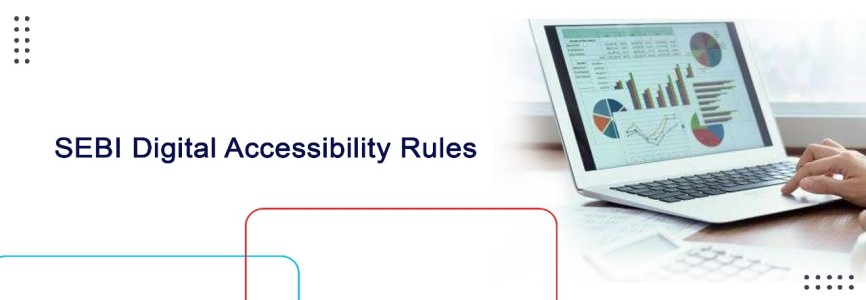









































































_crop10_thumb.jpg)




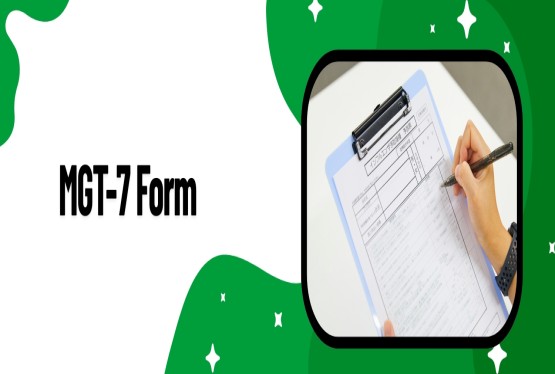





























































_crop10_thumb.jpg)
_crop10_thumb.jpg)



_crop10_thumb.jpg)


_crop10_thumb.jpg)





_crop10_thumb.jpg)

_crop10_thumb.jpg)














-suratgujarat-section-158_crop10_thumb.jpg)
-suratgujarat_crop10_thumb.jpg)
-(33)_crop10_thumb.jpg)



-ahmedabad_crop10_thumb.jpg)
-learn_crop10_thumb.jpg)

-learnn_crop10_thumb.jpg)



























































_crop10_thumb.jpg)















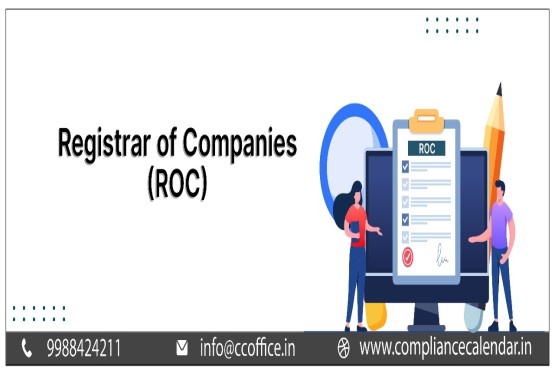






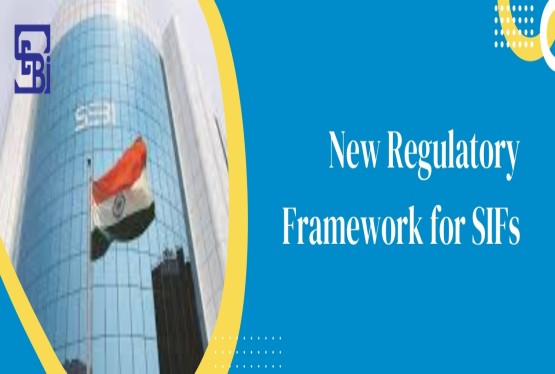
_Guidelines_learn_crop10_thumb.jpg)























_learn_crop10_thumb.jpg)
_crop10_thumb.jpeg)










_crop10_thumb.jpg)




_Second_Amendment_Rules,_2025_learn_crop10_thumb.jpg)







_learn_crop10_thumb.jpg)






















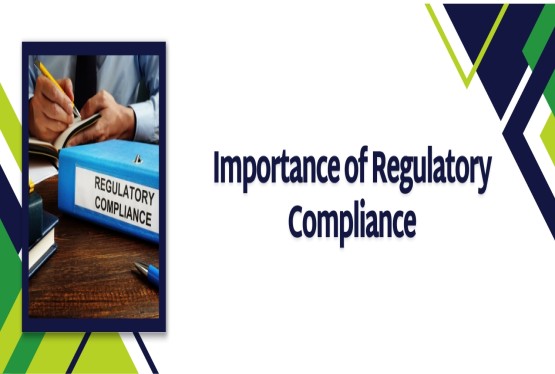






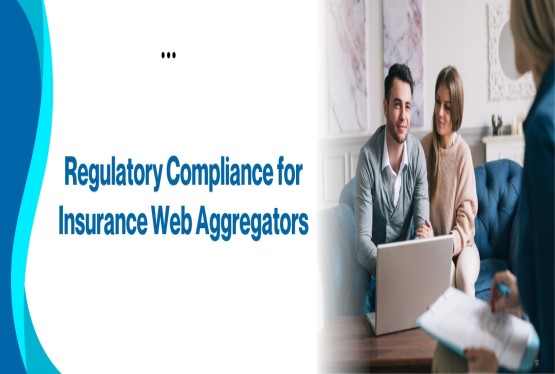
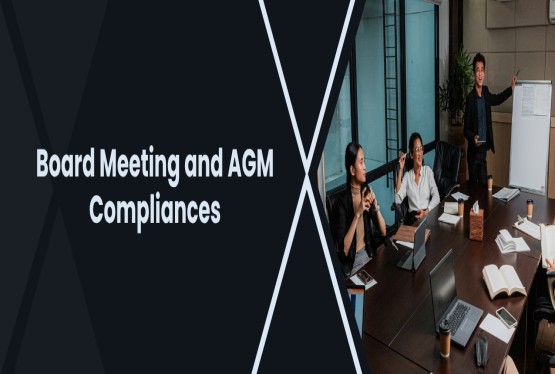
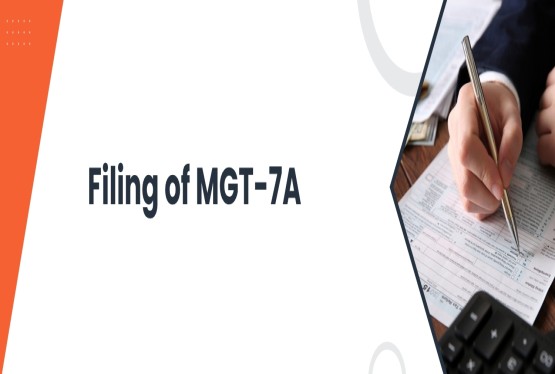
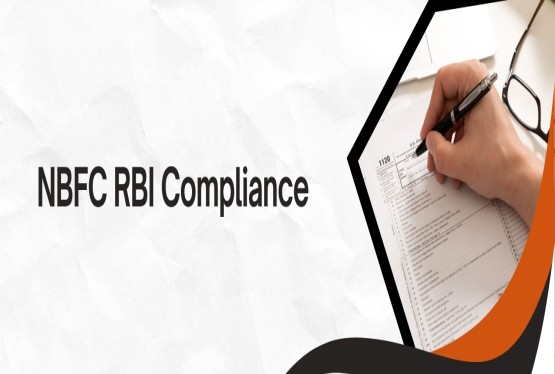
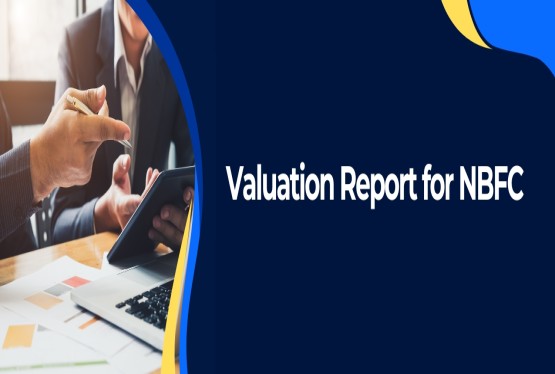

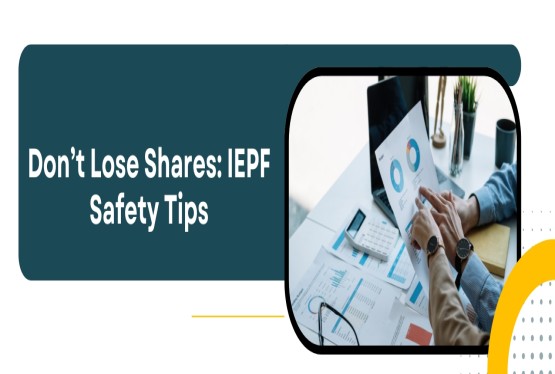


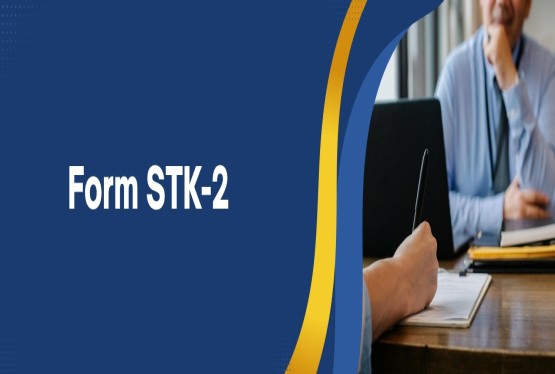
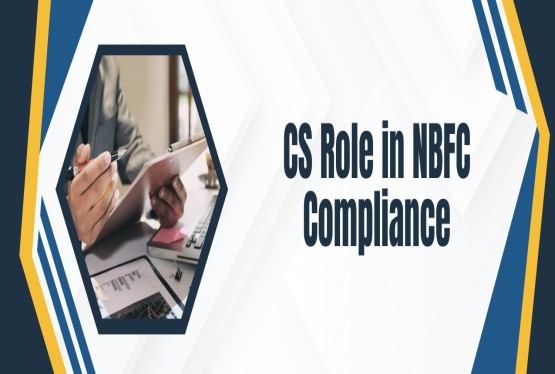
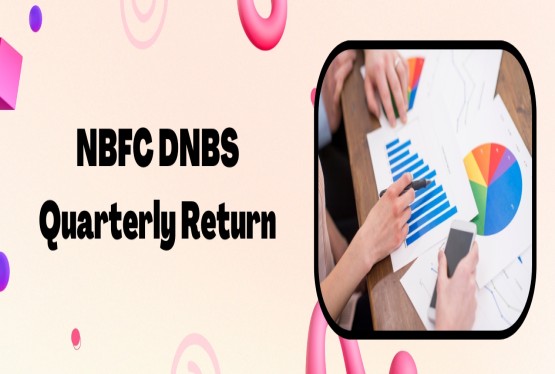
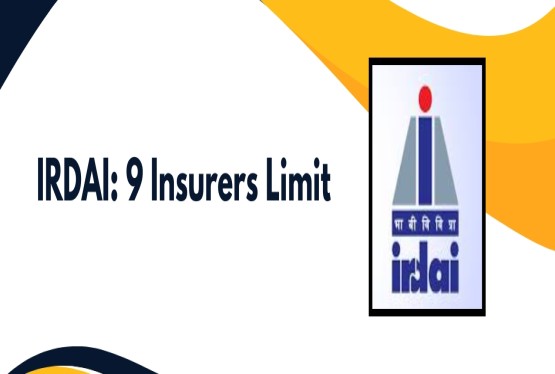
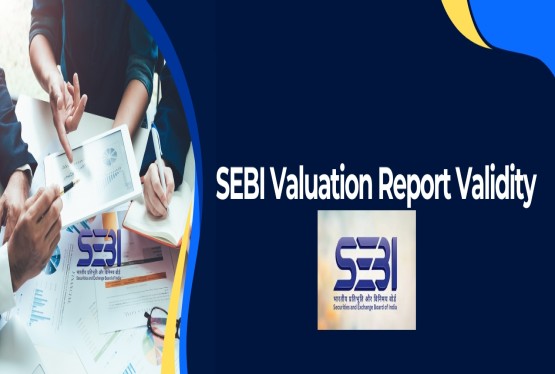

_learn_crop10_thumb.jpeg)

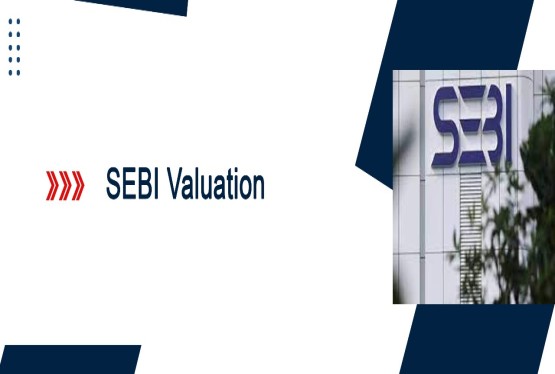
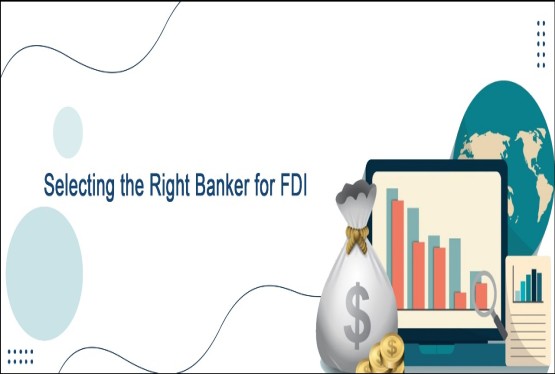
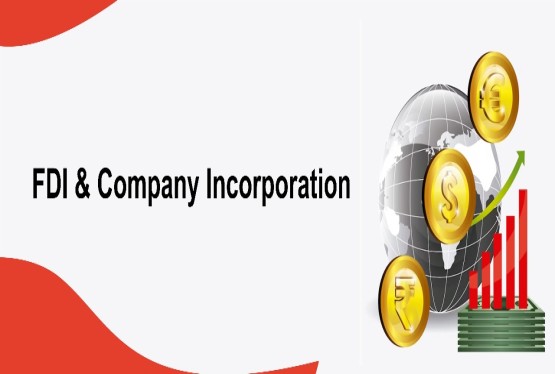
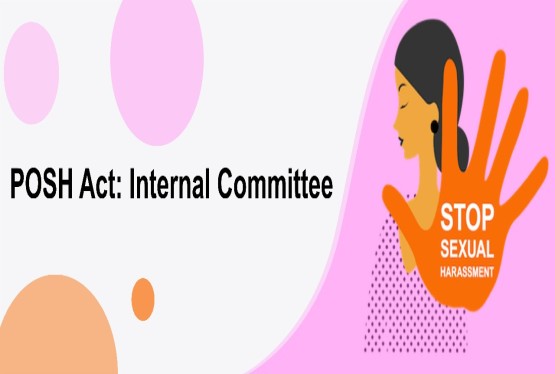
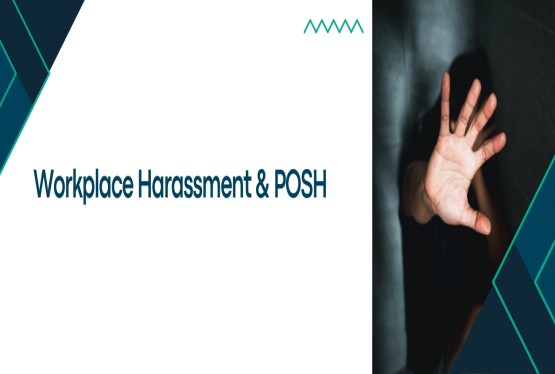


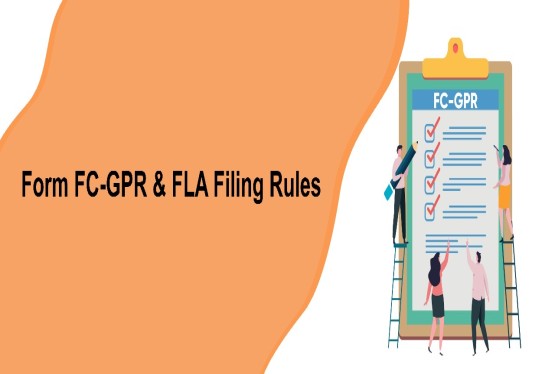
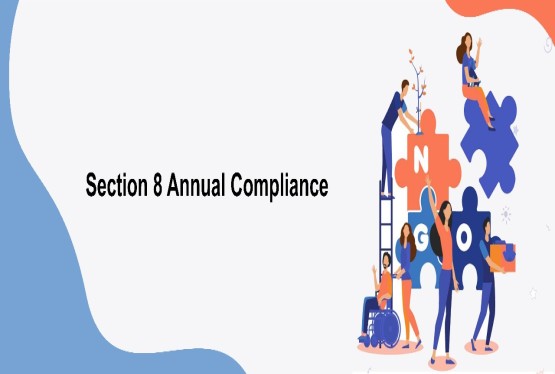
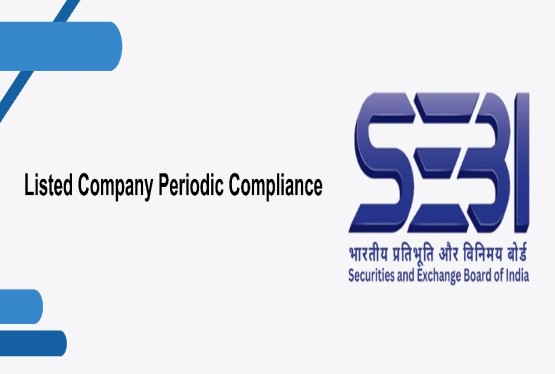
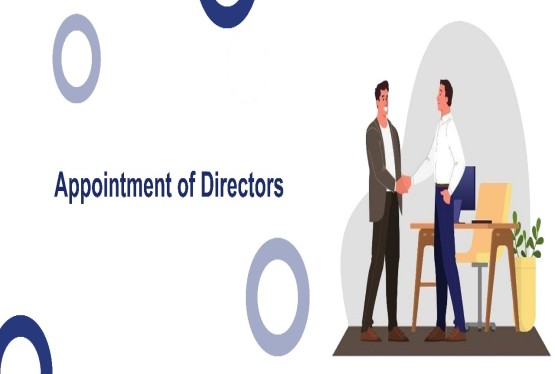

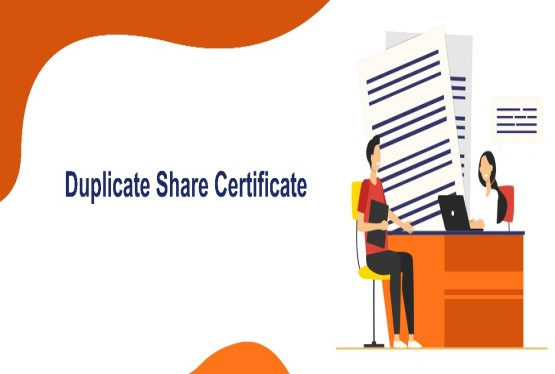
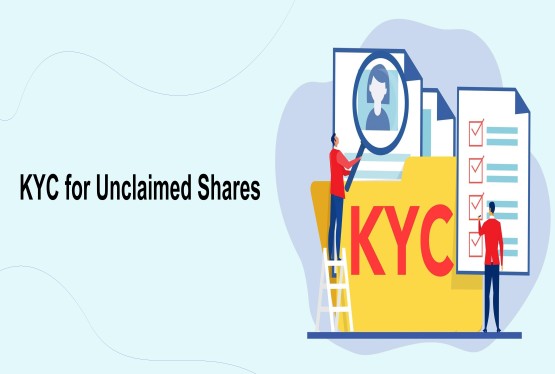
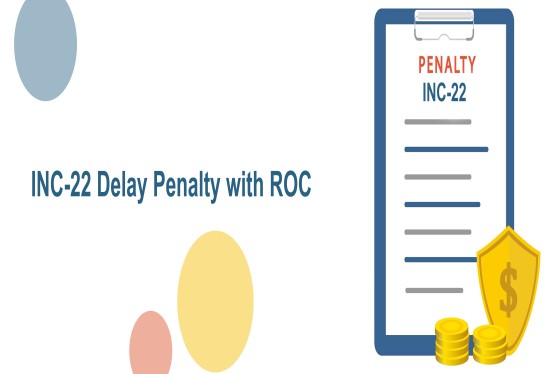


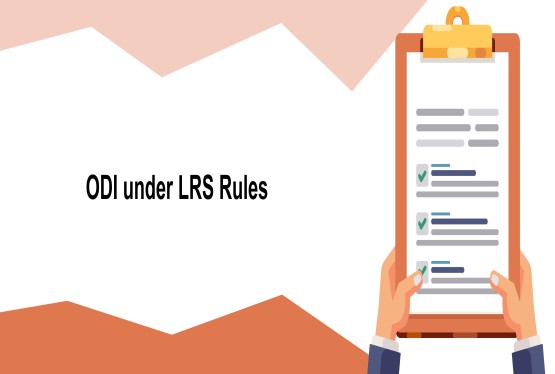
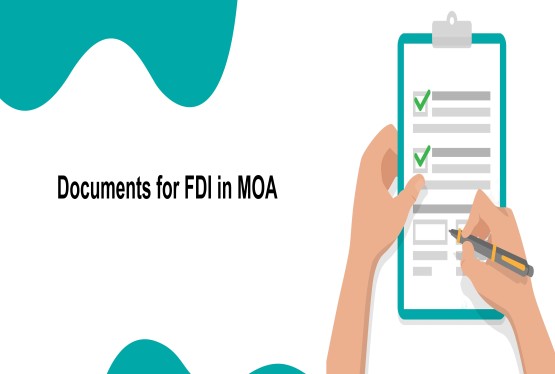
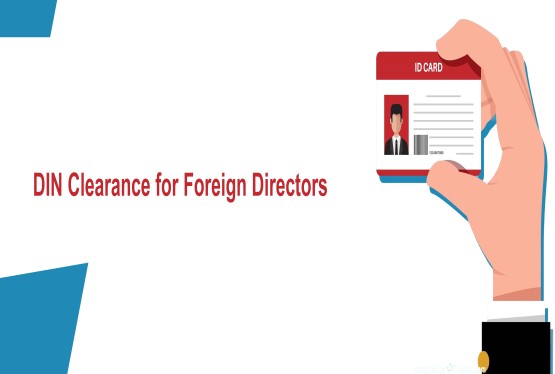

_learn_crop10_thumb.jpg)
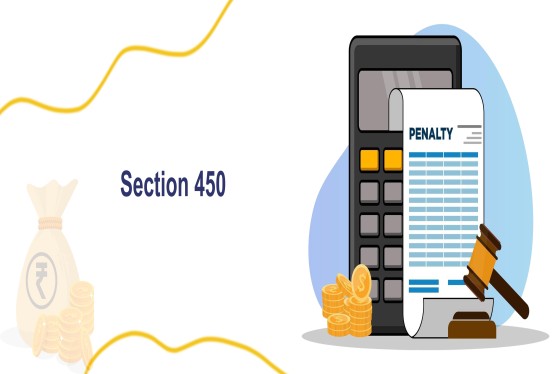

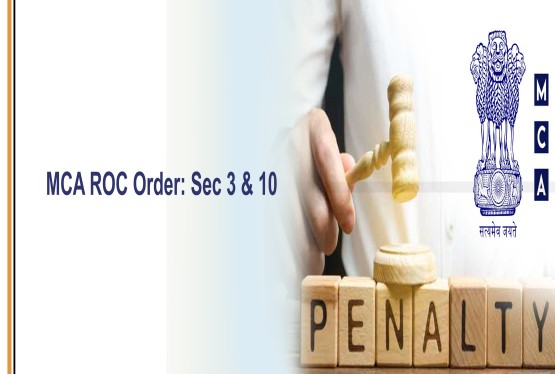
_rd_roc_learn_crop10_thumb.jpg)
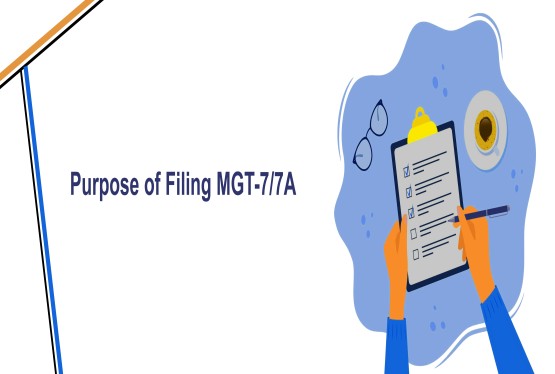
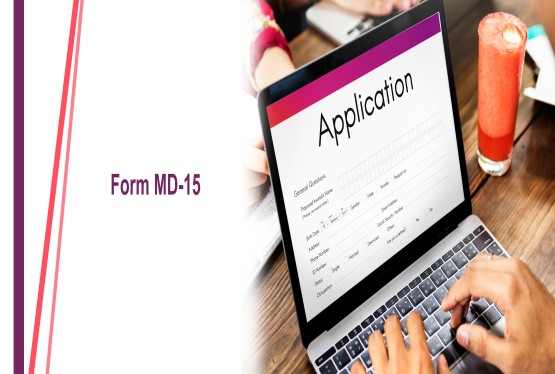


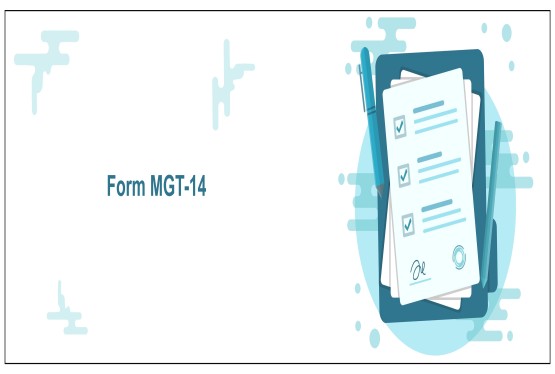
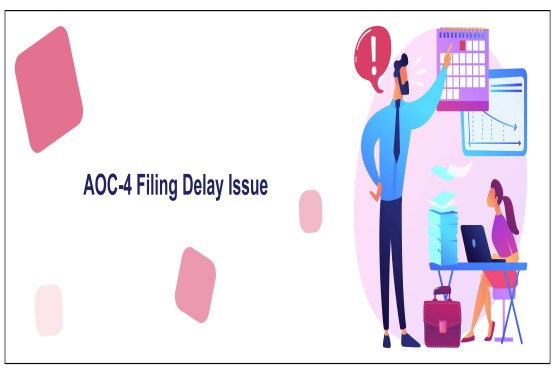
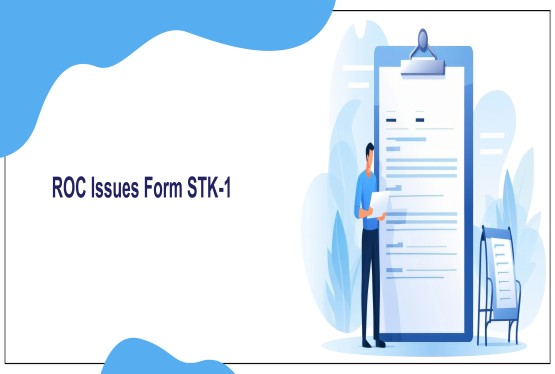

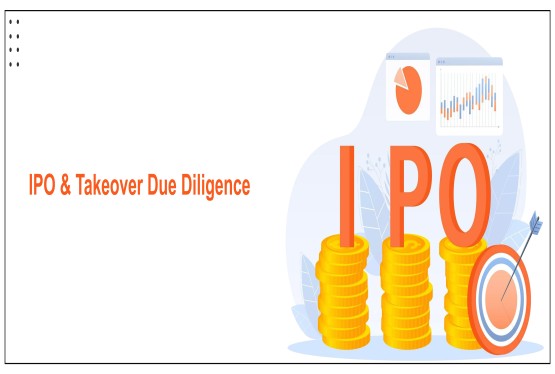
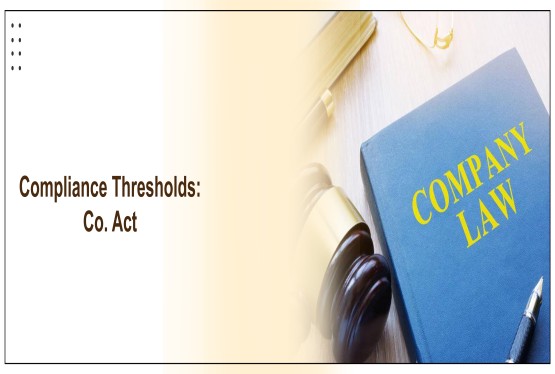

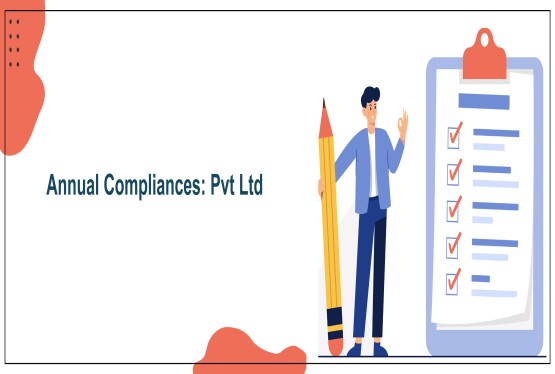
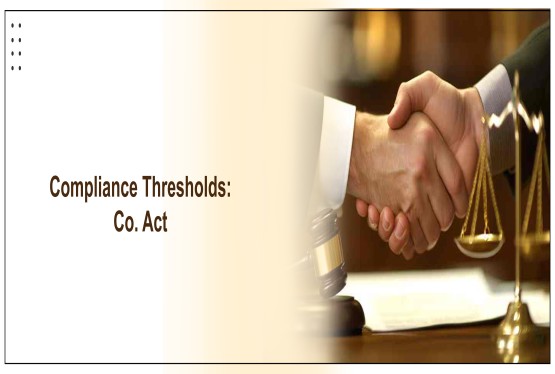
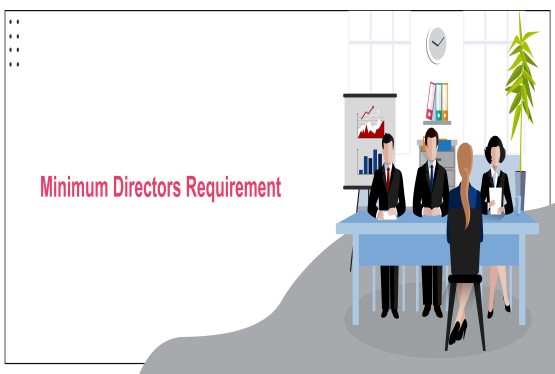

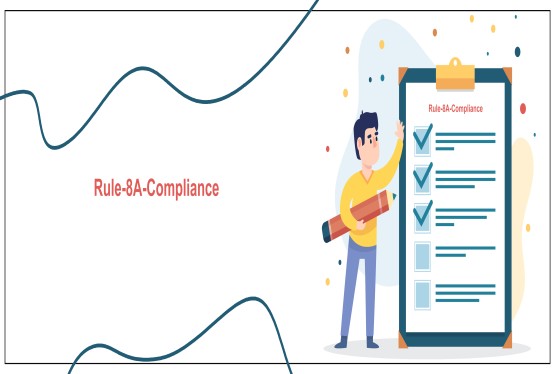
_learn_crop10_thumb.jpg)
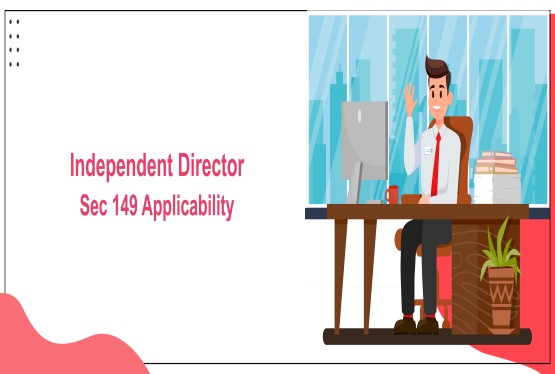
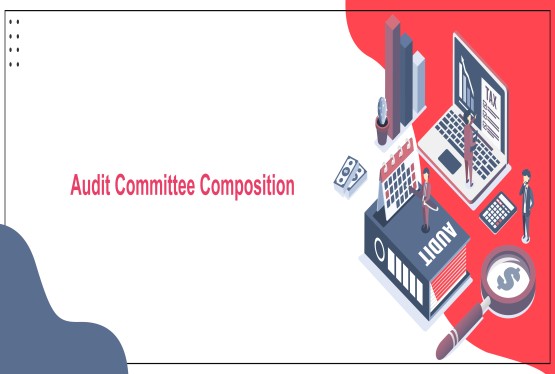
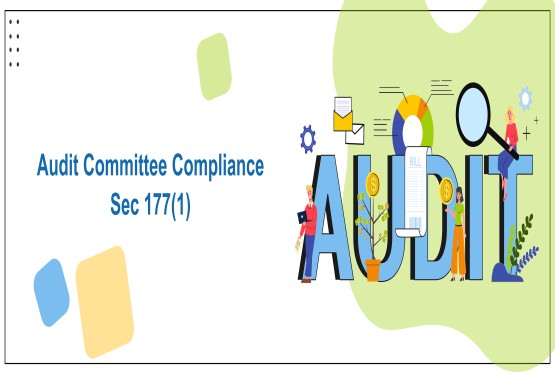


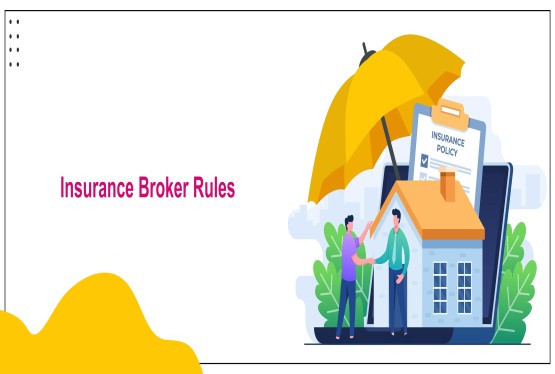
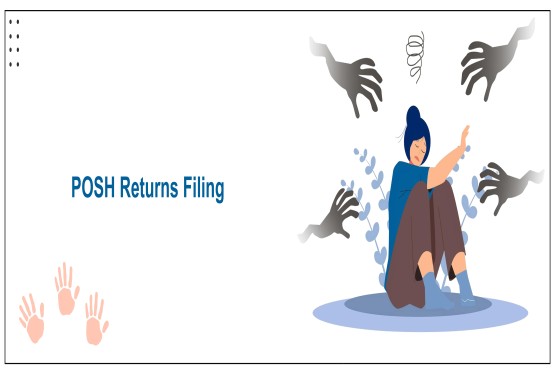
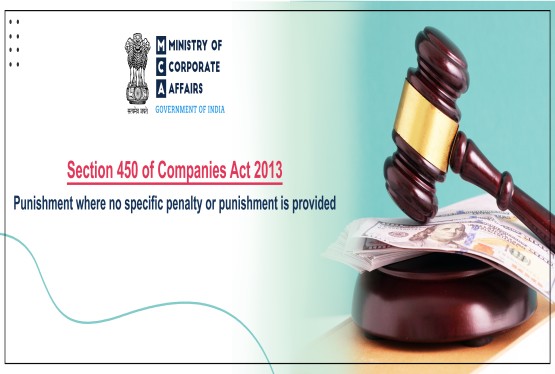

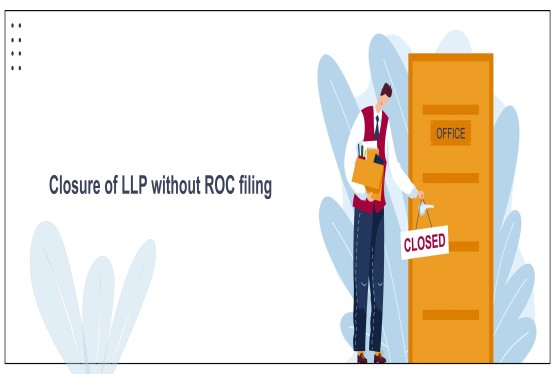
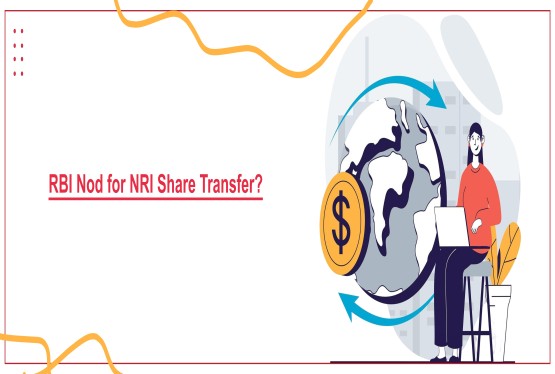

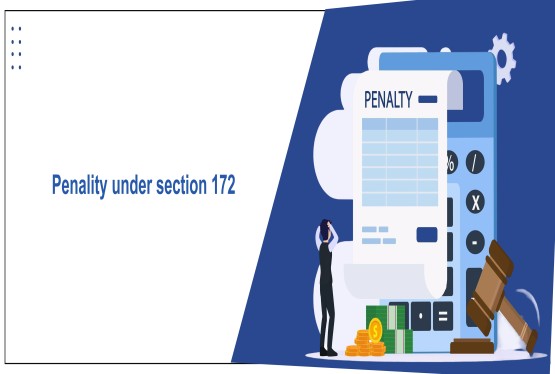

_learn_crop10_thumb.jpg)
_Learn_crop10_thumb.jpg)

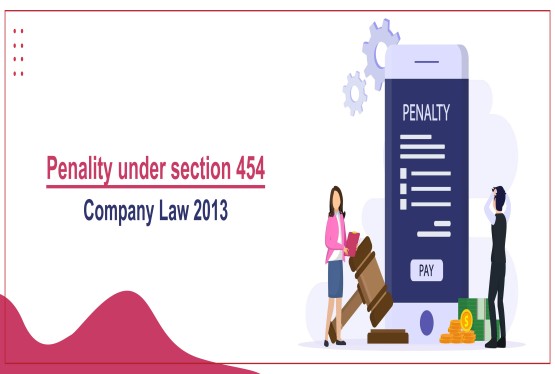
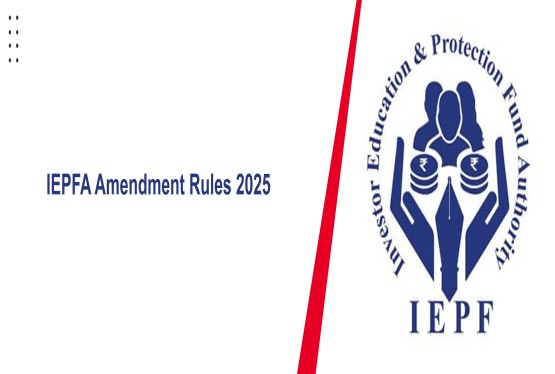
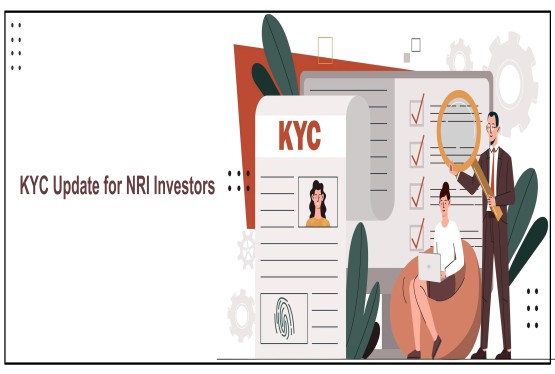
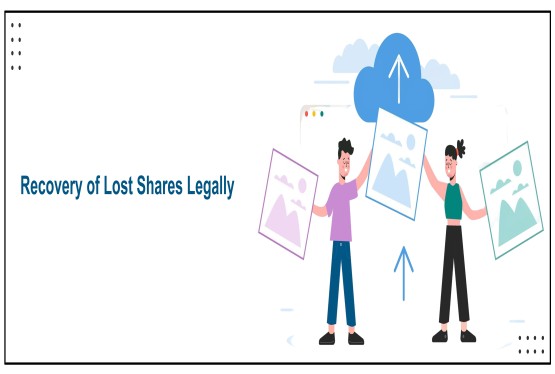
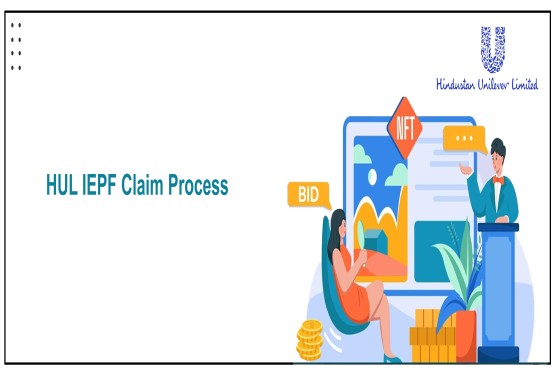

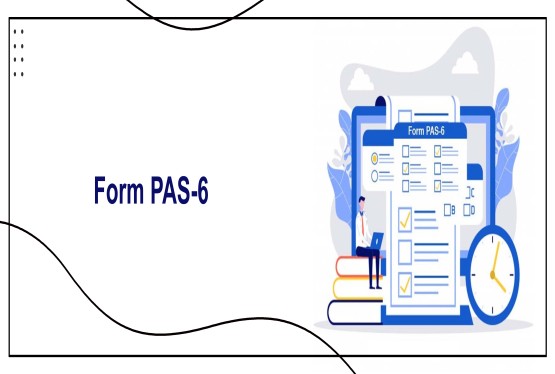


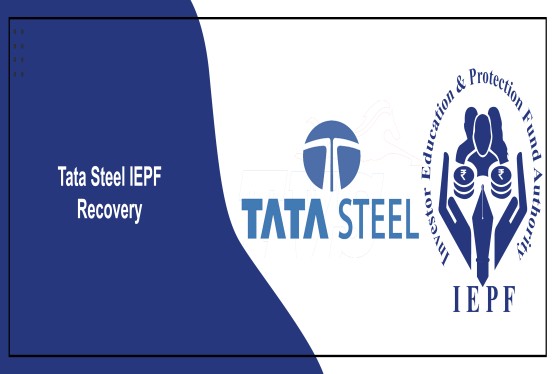
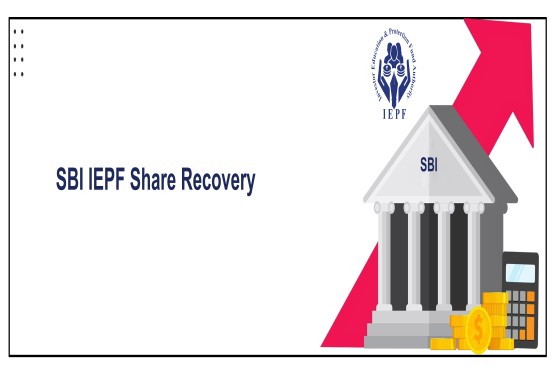

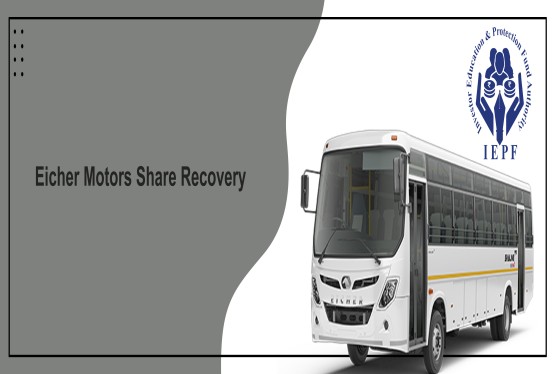

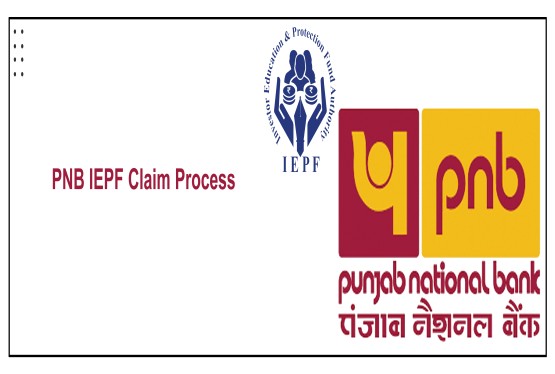





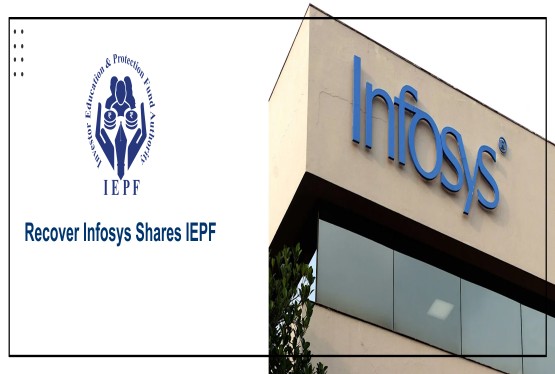




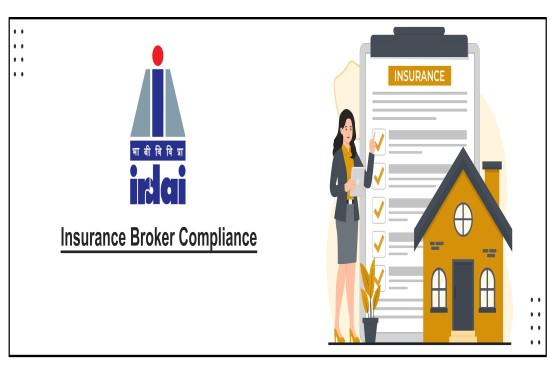
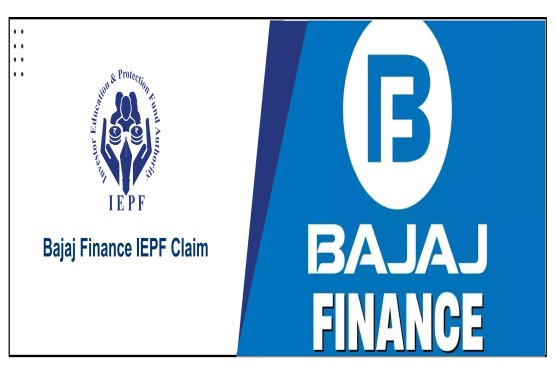
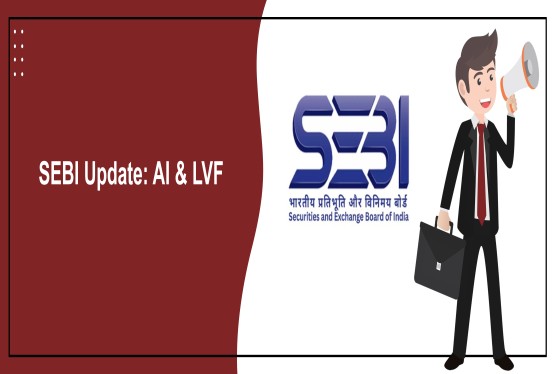



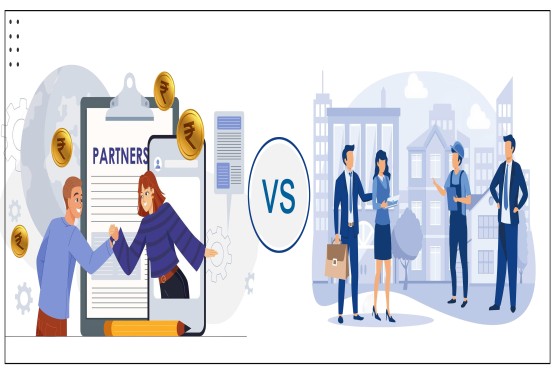
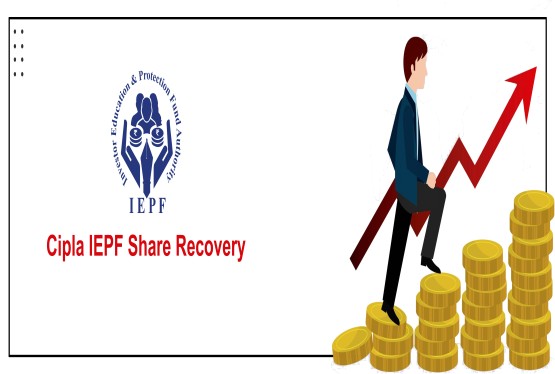
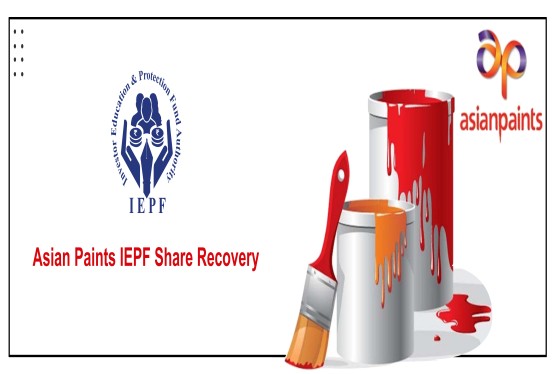
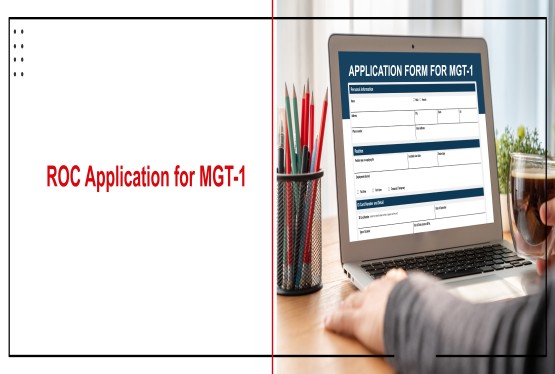


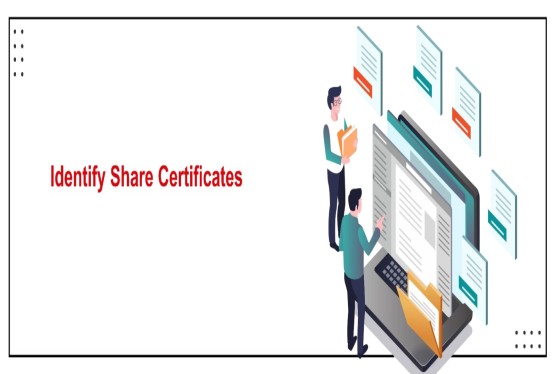
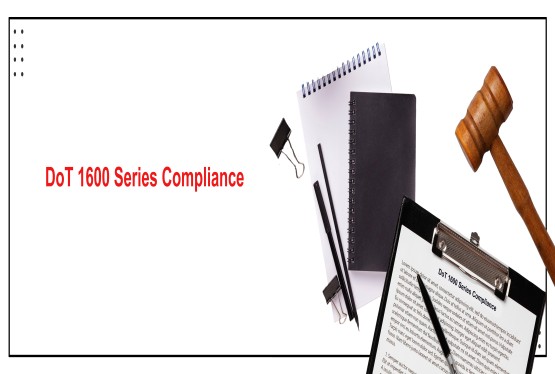
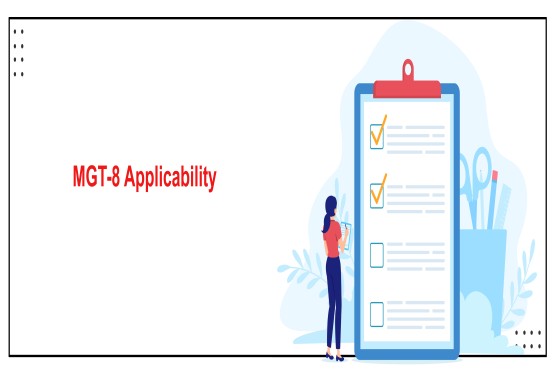
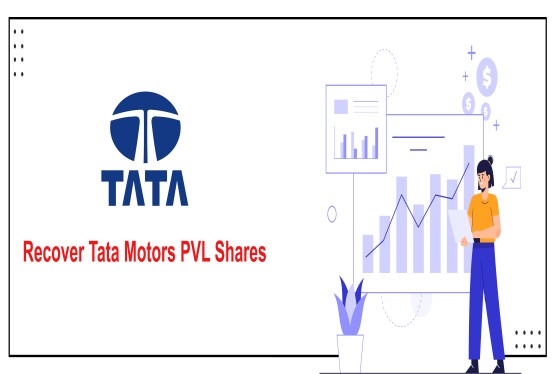
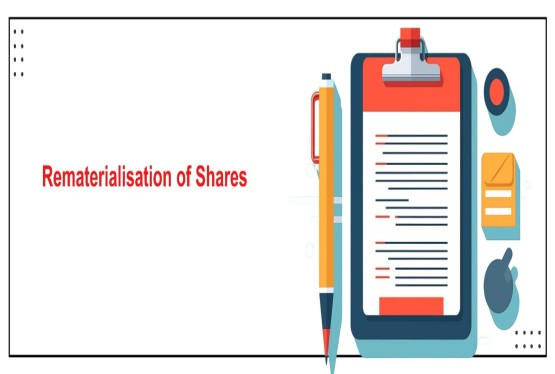
_learn_crop10_thumb.jpg)
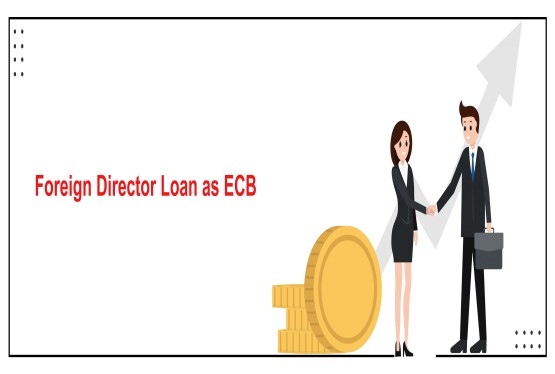
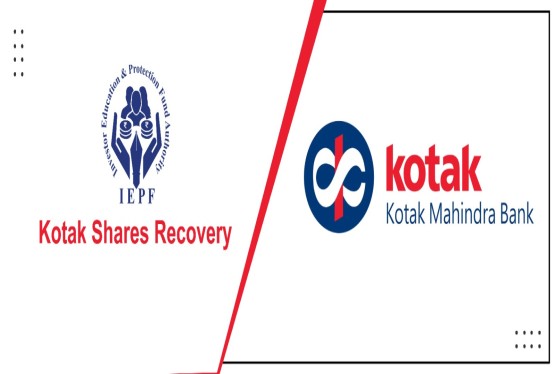
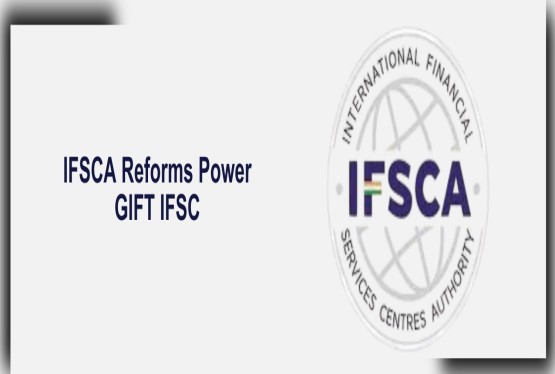
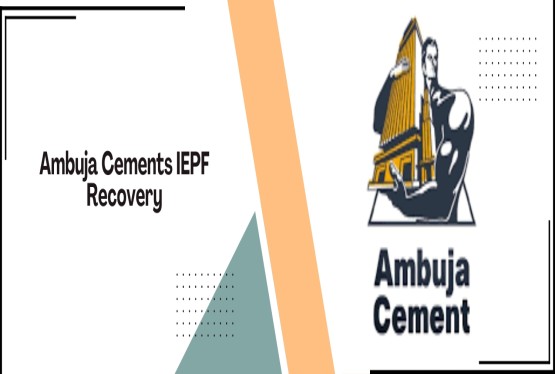
_learn_crop10_thumb.jpg)
